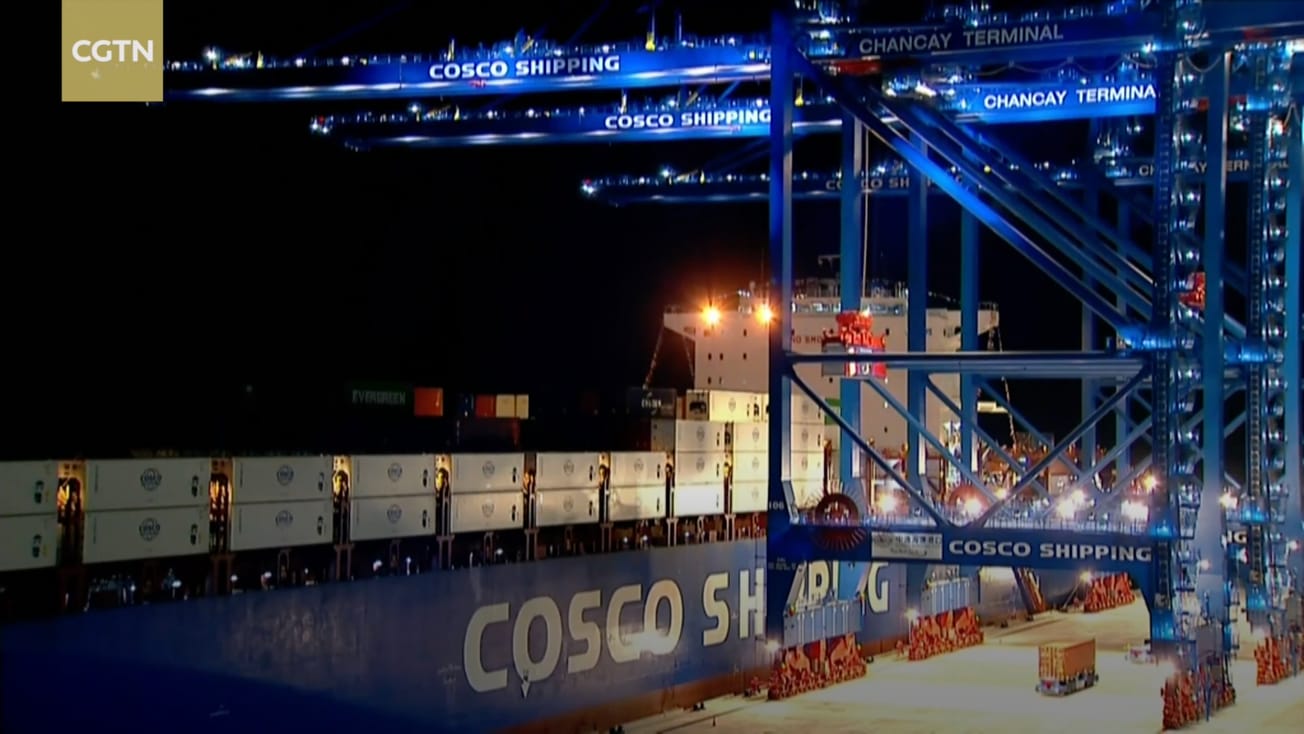On June 10, the Russian Defense Ministry posted a video that perhaps has become emblematic of the Ukrainian offensive. It shows nine destroyed Bradley fighting vehicles and one Leopard tank (it shows at least two other destroyed armored vehicles as well, which could also be Bradleys, but are not as clearly identifiable). Since then, other imagery has appeared, showing more destroyed Ukrainian vehicles, including U.S.-supplied MAXX PRO armored trucks. Ukrainian forces are reported to have lost 16 Bradleys, so far, out of the 109 that the U.S. has supplied.
That the Ukrainian armed forces are suffering heavy losses is not being disputed by Western corporate media, but they’re trying “to put the best spin on it.” CNN cites the Oryx open-source intelligence blog, saying that the Ukrainian side has lost 3,600 pieces of equipment since the beginning of the war, but claims that the Russians have lost 10,600.
Despite the loss of the Bradleys, Ukraine reports it has taken back at least three villages from Russian forces in fighting over the weekend, the CNN report continues. Ukraine’s advance south, from the front-line town of Velyka Novosilka in the Donetsk region, now stretches somewhere between 5 and 10 km (3 to 6 miles), according to information released by Ukrainian Deputy Defense Minister Hanna Maliar. This much seems to be true, as of yesterday afternoon (EDT), at least. “It reinforces the fact that they are moving forward,” said retired Lt. Gen. Mark Hertling, a member of CNN’s stable of paid military analysts.
But do these small advances really amount to anything? Yesterday, the London Telegraph lamented the fact that the Russians have built a layered system of defensive lines, including prepared fighting positions, minefields and anti-tank obstacles stretching some 900 km along the front. The defenses, according to a Ukrainian intelligence officer, are constructed in a “three-line system,” with varying levels of fortifications, the depths of which can exceed around 19 miles on some axes. “They have unbelievable trenches and unbelievable fortifications, it will be hard to break their lines of defense” Serhii, a commander in Ukraine’s National Guards, told the Telegraph.
“The first line, along the line of contact, comprises the fighting positions made by the infantry,” according to a recent report from the Royal United Services Institute. “The second constitutes properly made trenches as compared with fox holes in the first—and concrete firing posts where possible. Several obstacle belts are laid in front of these positions, usually formed with a 4m deep and 6m wide anti-tank ditch, dragons’ teeth and wire track entanglements. The depth of defense is usually 5 km from the first, and each belt of physical defenses tends to span between 700m and a kilometer, so that the entire obstacle series is covered by fire. The third line usually comprises full-back fighting positions and concealed areas for reserves, with positions dug for vehicles.”
According to reports from the front, the Ukrainian advance in the area south of Velyka Novosilka didn’t even come close to breaking through the first line of Russian defenses, never mind the second or third. “Their struggles to advance so far have been against the screening line, which is pretty ominous for their prospects given the fact the Russian defensive lines are classic echelon defense and more fortified than what they have yet faced,” according to a report posted on the Intel Slava Z Telegram channel yesterday afternoon (EDT).





